Origins: Restoring the Lines Between People and Place
Photo by Isaac Wallen
The fire line stopped just short of the ridge, but the trail was gone. What had once been a hand-cut line through manzanita and pine was reduced to charred dirt and a scattering of melted markers. In the United States, this scene repeats itself thousands of times every year. Wildfire doesn’t only erase forests—it erases stories, access, and memory.
Over 5,000 miles of trail vanish annually to flames, erosion, and neglect. The government’s typical response isn’t to rebuild. Instead, trails quietly disappear from maps, as if they had never existed. With no funding to restore them, these corridors of culture and connection become ghost lines in the landscape.
Origins was born in this moment of loss. It is a storytelling and stewardship project about trails—trails that have vanished, trails erased by fire and budget cuts, and trails whose histories are nearly forgotten. At its heart, Origins is not about one person riding, running, or hiking “epic lines.” It is about the deeper questions: Who walked these paths before us? What happens when the physical record of those journeys disappears? And how do we, as outdoor athletes and stewards, reckon with a changing climate that accelerates that erasure?
Tracing the past
Every trail is more than dirt underfoot. It is a palimpsest of movement, shaped by Indigenous people, settlers, loggers, miners, sheepherders, soldiers, and eventually, recreationists. To lose a trail is to lose that layered history.
In California, for instance, a single ridge-top trail might follow an Indigenous trade route that later carried mule trains laden with silver ore, before serving as a U.S. Forest Service firebreak. Today, that same line might be a favorite for mountain bikers or backcountry runners.
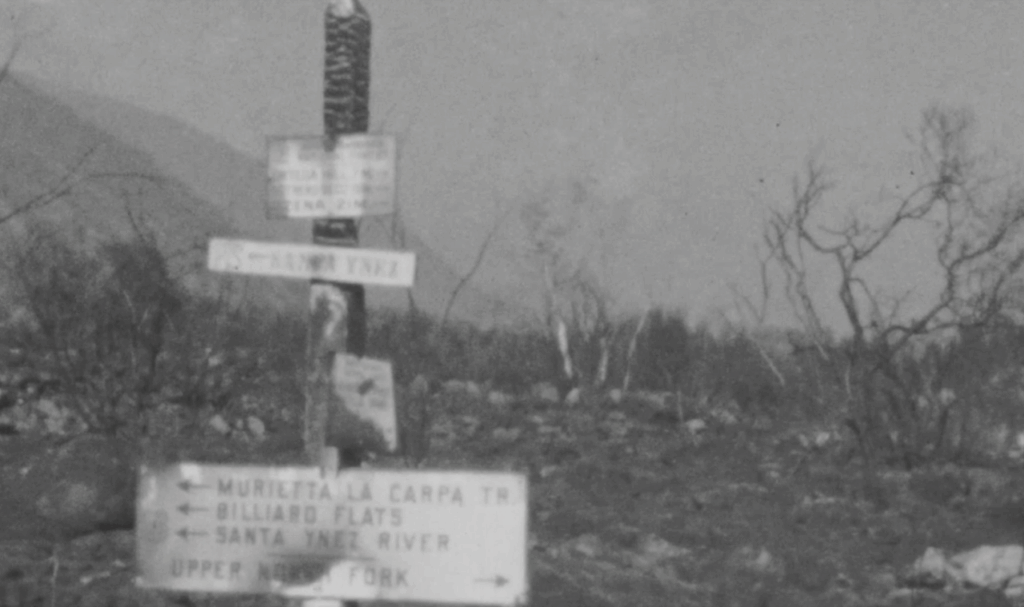
But when fire roars through, those layers collapse. Erosion carves gullies where the trail once lay. Maps are updated, but the record of human connection to place fades away. Trails are not just infrastructure for recreation; they are cultural texts, written into the land.
Origins set out to bring those texts back into the conversation. Through long-form reporting, fieldwork, and trail restoration itself, the project documents lost trails and the stories tied to them: from Indigenous oral histories to the overlooked chapters of California’s modern trail-building era.
In the course of this project, Dillon set out in California towns such as Ojai, Santa Barbara, Truckee, and Mammoth Lakes, looking for discrepancies between their existing trail network and what existed further in the past. From old USFS maps, Osleger uncovered not only trails that had gone missing on modern atlas’ but histories that had been lost from pre-eminent trails regularly maintained today. In Ojai, 8 miles of the Middle Sespe trail were restored after wildfire, and a decade of no maintenance had left all trace of the trail gone from the landscape, re-opening access to the Los Padres National Forest, as well as re-telling stories of Chumash village sites and Mexican sheep ranching that took place on the landscape well before establishment of the United States of America. To the north in Lake Tahoe, Osleger sought out several trails around the lake basin and beyond that traced their mapped existence to before 1906. These trails were laid as trading routes by Washoe Indigenous Americans, who in turn led settlers and miners over their passes in the 1800s. Many miles of these trails had been lost on account of wildfire, atmospheric river flooding, and a lack of federal budget to maintain them. In restoring and bringing voice to their pathways, Origins was able to bridge outdoor recreation, climate-driven impacts, and rural economic opportunity.
Climate, stewardship, and the work of hands
The outdoor industry is built on trails. They are the invisible scaffolding of skiing, cycling, trail running, and hiking. Yet the industry rarely acknowledges how fragile this infrastructure has become in a warming world.
Wildfires are larger, hotter, and more frequent. Federal land agencies, particularly the U.S. Forest Service, are underfunded and overstretched. A 2013 Government Accountability Office report revealed that the Forest Service maintained only a fraction of its 158,000 miles of trails, relying heavily on volunteer labor. A decade later, that gap has only widened.
Instead of reinvesting, agencies often remove burned or eroded trails from the official network. It is easier to delete a line on a map than to rebuild it. The result is a slow, quiet shrinking of our shared commons. This loss goes well beyond the inaccuracy of cartography or the deletion of history; it directly impacts the users and communities who make up the outdoor recreation industry. Wildfires that burn trails also burn trail heads, day use areas, and campgrounds. A lack of federal funding and management to maintain or restore this infrastructure results in lost access points for hiking, biking, fly fishing, ski touring, and rock climbing. In turn, that reduction in outdoor recreation opportunities directly impacts the bottom line of rural economics – the tourism tax dollars, vacation funds spent at local businesses and hotels, and the real estate market all take a measurable turn for the worse. Nearly every town surrounded by outdoor recreation opportunities finds itself in equal measure surrounded by public lands, which often make up the community identity of place and residents. As the fabric of identity becomes frayed, residents are often left without government support to maintain or restore public lands themselves as a means to preserve their economy and their culture.

Origins confronts this reality not just by telling stories, but by putting tools in the dirt. Trail work became as central to the project as writing. Hours were spent clearing corridors, cutting back brush, re-benching tread, and re-opening lines thought lost. The physical act of rebuilding trails is its own kind of narrative: a way of writing care back into the land. Each shovel strike and saw cut says that these histories, these connections, still matter.
Stories from the fireline
The work of Origins unfolded across the Sierra Nevada and Southern California, with each place revealing something distinct about the entanglement of climate, history, and stewardship.
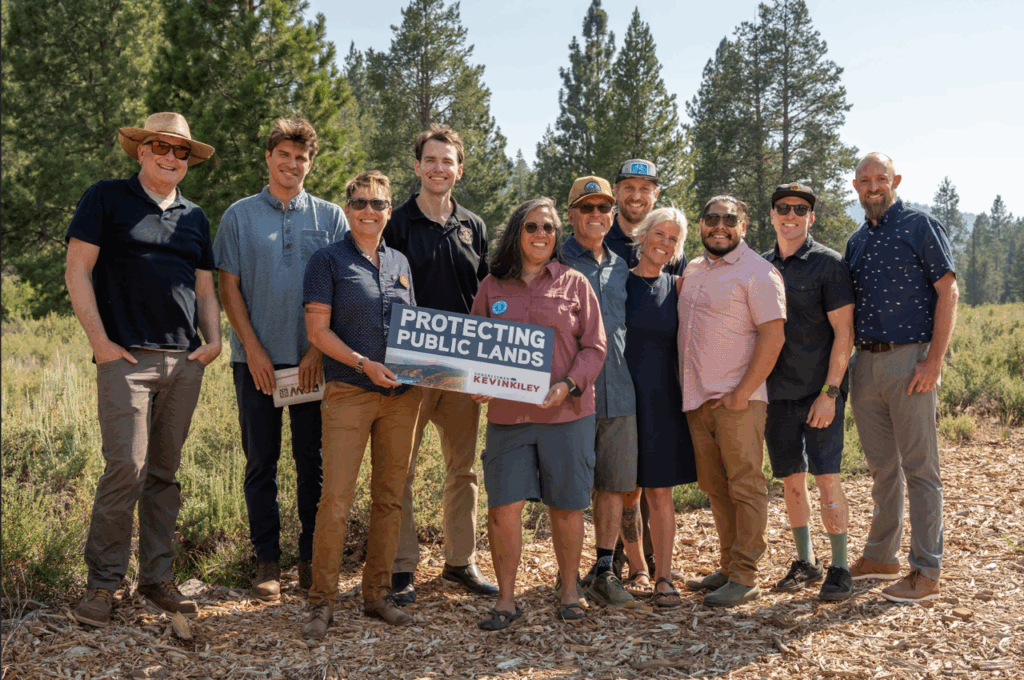
Mount Lola – Ghosts of the CCC
On the flanks of Mount Lola, just north of Truckee, a loop trail once carried generations of hikers and riders through alpine meadows and forests. Built in the wave of post–World War I investment and expanded by the Civilian Conservation Corps (CCC) in the 1930s, it was part of a nationwide push to build public infrastructure that connected people to wild places.
After decades of neglect, fire and erosion claimed much of the route. On paper, the loop was erased. On the ground, fragments remained: a bench cut swallowed by brush, the faint trace of crib walls hidden beneath lodgepole.
As part of Origins, we returned with tools and crews, piecing the line back together. Rebuilding the Mount Lola loop wasn’t just maintenance; it was an act of remembering. Each section restored was a reminder of the era when America invested in its public lands, and a challenge to today’s generation to do the same in the face of climate change.
Southern California – Trading paths reborn
Far to the south, the story was different but no less urgent. In the backcountry of Ventura and Santa Barbara counties, the Zaca, Reyes, and Thomas Fires had torn across entire watersheds, wiping out trails that once followed Indigenous trading routes. These paths connected coastal Chumash villages with inland valleys, carrying goods, stories, and ceremony across the mountains.
For many years, the burned trails lay impassable, choked with downed oak and chaparral. Maps began to drop them. But through Origins, we joined local groups in cutting them back open. The work was grueling—hot days of chainsawing blowdowns, reshaping tread by hand—but also reverent. Restoring these trails meant acknowledging that they were never simply recreation routes. They were cultural arteries, long before the Forest Service gave them numbers on a map.
From fieldwork to the page
The outcomes of Origins reached beyond trailheads and fire scars. The project’s mix of storytelling and trail work found homes in Rouleur Magazine, Freehub Magazine, and Adventure Journal, bringing nuanced narratives to communities of cyclists and outdoor enthusiasts who might otherwise see trails only as playgrounds.
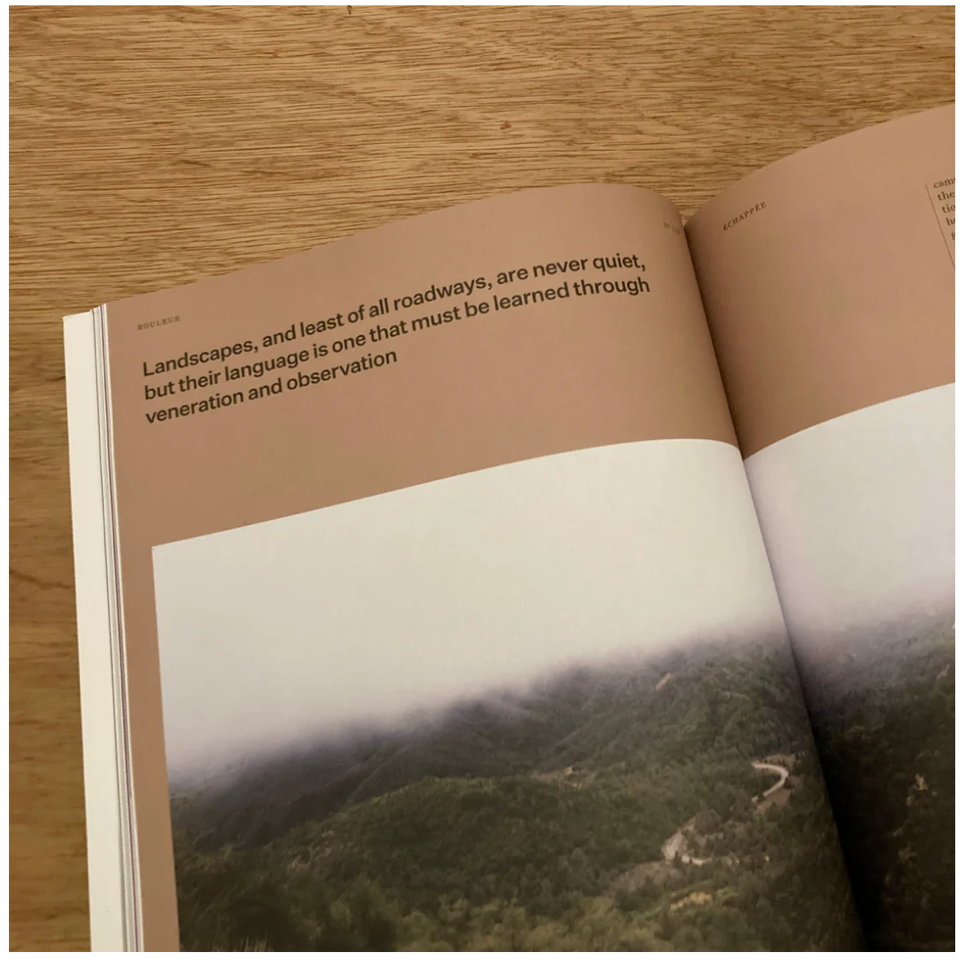
Each publication offered a different lens:
- Rouleur explored the nuance between what defines a road vs. a trail and how stories of the past underlay our recreation—reminding us that our efforts of endurance truly do stand on the shoulders of those who came before.
- Freehub focused on volunteer trail stewardship to restore historic trails after wildfire, and what restoring a trail means for the environment and ourselves beyond just another place to ride, run, or hike.
- Adventure Journal dug into the broader question of public lands: what it means for a nation to steadily lose access to its own history.
The project also culminated in a forthcoming book, to be published with Heyday in May 2026. This book gathers the fragments into a larger narrative: a sweeping look at how trails embody our relationship with land, and how their loss reflects the accelerating pressures of climate change.
A call to the outdoor community
Origins is not only about remembering what has been lost. It is about changing how we see trails moving forward.
If the outdoor industry continues to market trails merely as backdrops for personal achievement, without investing in their care, the network will continue to shrink. More importantly, the culture that built those trails—Indigenous, settler, immigrant, volunteer—will fade from our collective memory.
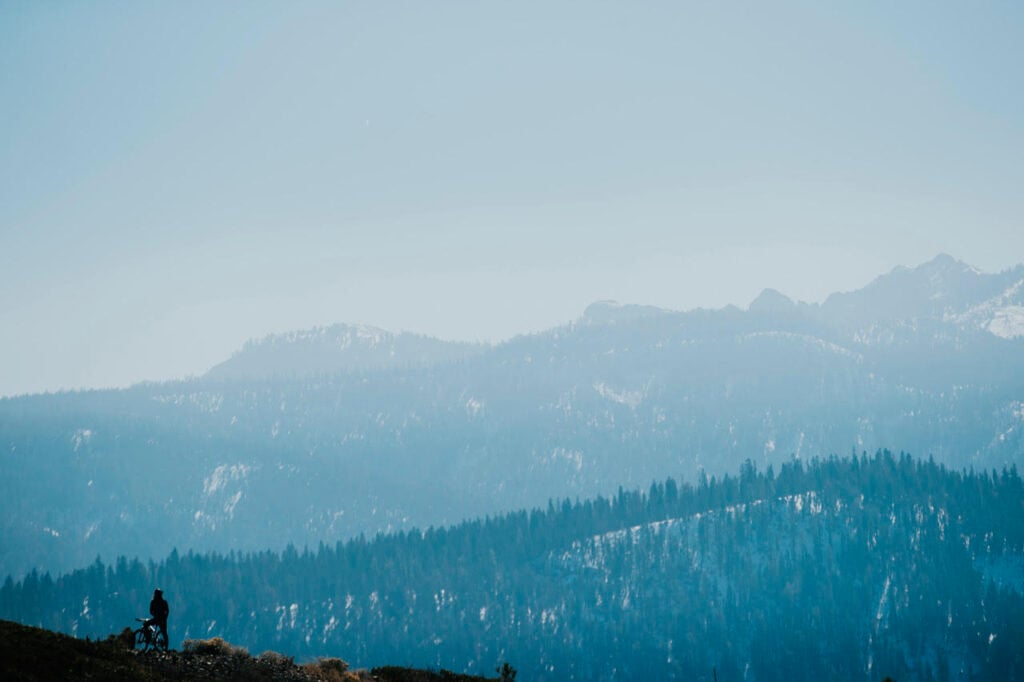
Stewardship is not optional. It is a responsibility. The athletes, brands, and users who depend on trails must also become advocates for their protection and restoration. That means funding land agencies adequately, amplifying the work of local trail groups, and respecting the cultural histories embedded in every path. Just as importantly, stewardship now means advocating for climate solutions, like renewable energy and resilient infrastructure that protect the very landscapes our trails cross. To care for trails is to care for the climate that sustains them.
Wildfire will not stop. Climate change ensures that the pace of loss will accelerate. But loss does not have to mean forgetting.
Origins has shown that stories and stewardship can be one and the same. By writing and rebuilding trails back into the record: by documenting the cultures, histories, and ecosystems they connect, we resist their erasure.
When a trail disappears from the ground, it does not have to disappear from our consciousness. In fact, telling its story while putting a shovel in the earth may be the most enduring way to honor it.
The work is ongoing. Trails continue to burn, wash out, and fade. But with each section rebuilt and each story told, we stitch back a little of the connective tissue between people, land, and history.
That is the essence of Origins: not just the preservation of trails, but the preservation of meaning. Osleger continues the spirit and lessons of this project in his book, Trail Work.
Thanks to POW Brand Alliance partner 11th Hour Racing for Supporting this Project
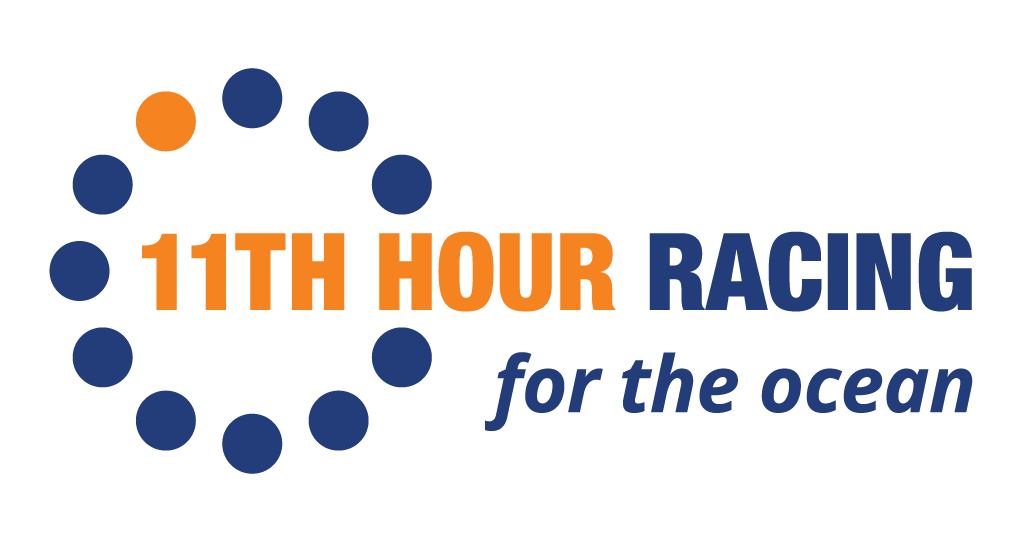
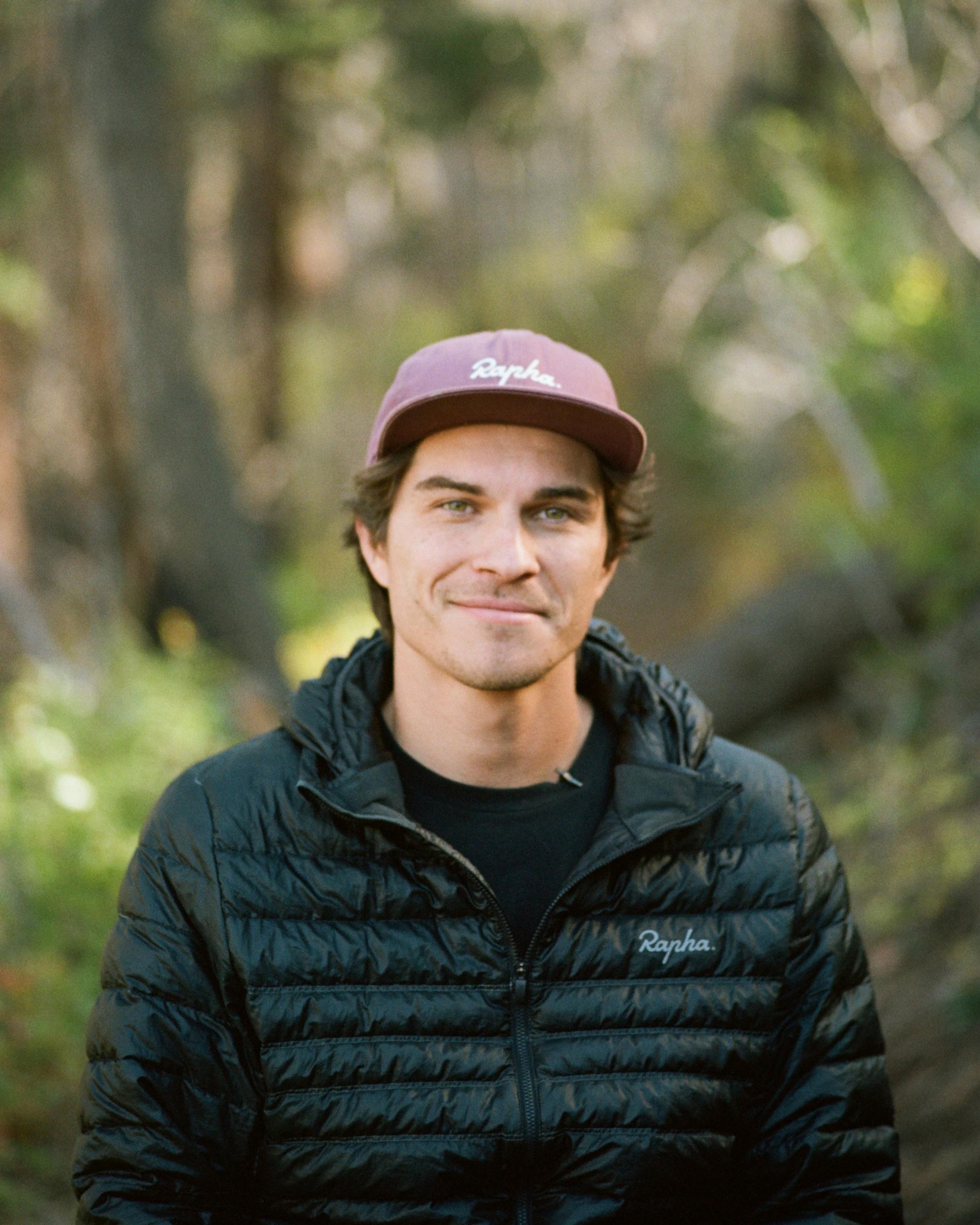
Author: Dillon Osleger
Dillon Osleger is an athlete, environmental advocate and scientist driving the outdoor communities’ narrative on climate, conservation and access. He splits his time between Truckee and Santa Barbara, California, working to better the trail and conservation conditions in each respective region. Osleger leverages his academic and athletic backgrounds to lead the sustainable trails and conservation […]
